It’s no secret that 2017 saw the dawn of a new design language in mobile phone creation. While the name itself is somewhat more of an idealistic dream as opposed to the reality that exists, “borderless” or “bezel-less” phones are now all the rage. Screens have been stretched out, elongated to provide more visible real estate in packages that are often similar in size to those of their predecessors. It makes sense, of course: by trimming away the frame around the screen the product looks better aesthetically and has an additional sales point. Of course, flagships like the Samsung Galaxy S8, LG V30, and Huawei Mate 10 Pro aren’t the only options out there.
In fact, there are a growing number of budget-friendly offerings that make use of slim bezels in an effort to entice potential customers into their corner. These phones often cost under $300 yet paradoxically give owners the novelty/functionality of a full-blown flagship.
As of January-end 2018, there is Xiaomi Redmi 5 Plus, Huawei Honor 7X, Huawei Honor 9 Lite (review), Vivo V7 Plus, and Wilco View, all fighting for an eager audience. While these products may initially seem to be a steal – getting a legitimate tech at a price point that won’t break the bank – it’s important to think before rushing out to buy them.
Here’s why?
Motorola budget phones are coming soon
- Motorola doesn’t have a bezel-less device at the moment
- A few budget range devices are coming soon with modern 18:9 ratio
If there is one thing that Motorola has been known for, it’s offering exceptional value-for-money. Lenovo’s purchased producer has turned heads and changed the minds of many with products like the Moto G5, Moto X4, and Moto Z2 Play. High-quality materials, superb battery life, near-stock Android, good cameras, and excellent performance mean that these devices are a fantastic choice for those who want good gas mileage. Unfortunately, Motorola has consistently decided to go with design choices that leave something to be desired for the most part, until now that is.
Leaked just a few days ago were the first shots and specs of Lenovo’s upcoming Motorola G6 and G6 Plus and Moto X5 product lines. There’s also a Moto G6 Play, and the Moto Z3 Play, the two devices one of which would cost less, and other more than the Moto G6 and G6 Plus sets, covering the mid-range from is starting price point to its end.
These devices all make use of small bezels, and will feature solid specs and capable cameras. Even with the cheapest of the G6 line-up, there is an almost-certain level of assurance behind the camera in particular, which is one major area where the cheaper, budget-friendly phones most always fall short. As if that isn’t enough, none of them are likely to cost an arm-and-a-leg which means they will have a major edge over the current budget-friendly phones on the market, and be able to compete from a visual perspective as well.
A successor to LG Q6
- LG Q6’s successor is worth the wait
- A new approach is expected from LG
LG’s plans for the next flagship in the LG G7 may not be amply clear at the moment, but they should be giving us a good choice in the budget segment in short few months.
Their LG Q6 handset from the last year wasn’t a huge success by any means, but they are not a company you can ignore without giving a thought. Right? LG has been producing some decent mid-range device options for years now, with 2017 seeing them come up with bezel-less phones in the Q6 and Q6+. This playful pair of phones offered the company’s boarder-less LCD screens with a price tag that came in at a very reasonable sum. While the Qualcomm Snapdragon 400-series SoC inside may not have been all that impressive when compared to something like the LG G6, it still offers solid performance and output. One other area of contention was the bizarre omission of a fingerprint sensor, something that even the cheapest rivals from China have offered for years now.
As per a statement provided by LG’s CEO at CES 2018, the company is now going to adopt a new approach to making phones: Instead of releasing anything and everything with great gusto and little presto chango, things are going to slow down. LG will now be launching phones when they are needed, and when they are warranted. What this will likely mean is that the follow-ups to the Q6 and Q6+ can be expected to right some of the wrongs of 2017: they will probably have upgrades SoCs, perhaps Qualcomm Snapdragon 600-series, and will likely come with fingerprint sensors. It’s also possible they might make use of more premium rear-materials given the scratch-prone plastic that was criticized in the first Q phones.
A Samsung budget phone for 2018 is worth the wait!
- No budget handset features the infinity display at the moment
- We expect a Galaxy J7 2018 to arrive in Q2 2018, featuring of course bezel-less design
Samsung’s J series is yet to feature a bezel-less device, featuring Samsung’s infinity display which is right now available only on the A8 and A8+ outside of S- and Note-series.
Given the almost-absurd price point of the Galaxy A8 and Galaxy A8+ (review) that were announced last month, the last phrase that will likely come to anyone’s mind is “easy on the wallet”. In fact, the new A8 products are so expensive that for all intents-and-purposes, it’s actually cheaper to buy a Galaxy S8 or Galaxy S8+ provided either is on sale. No one looking for a good deal is going to include the A-series in their considerations, but that’s not necessarily true of the jovial J.
Indeed Samsung’s J-series can be summed up as its low-end offerings. And yet, low-end from a major OEM in 2018 is absolutely not the curse-of-doom that it might have been a decade ago. The Galaxy J phones combine respectable, solid hardware and performance for a price that is surprisingly reasonable. And just as how sAMOLED and fingerprint sensors became standard on most Samsung phones, it is likely that a borderless display will become a sticking point for almost all of Samsung’s stable as well.
The Galaxy J7 Pro (2017), in particular, is due for an update in a few months, and it would make a prime candidate to expand the extended screen design language. If this could be priced competitively, it would make for a major rival to budget-friendly devices as well as those mentioned above. Even if it wouldn’t have the best specs, or if it was priced slightly higher, Samsung’s name and brand recognition would likely carry with it some leeway.
Xiaomi Redmi 5 and 5 Plus in more markets
- Available only in China right now!
- Value for money handsets that are the best in low-end market
- A Xiaomi Redmi Note 5 could be announced
Both fo the Xiaomi Redmi 5 and Redmi 5 Plus are pretty great devices that offer good value for your money. These are pretty cheap too, lying with the low-end segment essentially than the budget segment. Oh yes, despite the mum followed by Xiaomi on this, they could still announce a Redmi Note 5.
Given what the Redmi 5 Plus offers, you might not feel the need to spend top dollar on even the $100-more costing devices like Moto G6, Galaxy J7 2018, etc.
But both the Redmi 5 and Redmi 5 Plus are available only in China at the moment. Though, the good news is that their India release, and maybe launch in Europe too, is not far. See the above link for more details.
Next month is going to be lit ?????
— Clinton Jeff (@clintonjeff) January 19, 2018
Solid sales on dated designs
- Current phones aren’t any slouch
- Standard 16:9 display is not bad, either
- Current best budget handsets under deals would be cool
The year 2018 would be the year of budget bezel-less phones. But those screens aren’t a must. So if you can live with regular bezel display panels, which current offerings are equipped with, it’s good to buy that is currently available at later date at a discount. No? Think of a device like Moto G5S Plus getting a $100 price cut, how wonderful device that is now?
A thing to consider before pulling the budget-friendly trigger is that while bezel-less displays are wonderful, they need not be the sole deciding factor in making a purchase. Sure a phone might look enticing, and turn heads even at a low price point, but as with everything, a balancing act must be struck. For long-term use, and especially intensive purposes like gaming sessions, it may be much more manageable to buy a plain looking phone that has some steadfast superior specs.
Case in point: The Xiaomi Mi A1 and the Motorola G5S Plus have good specs but cost somewhat more than budget-conscious consumers might be inclined to spend. Yet that won’t last forever: As time passes, and especially as newer itinerants are released, these items will see sales and price decreases. For those who can live without the extended screen for a bit longer, either would make solid choices. In particular, the Xiaomi Mi A1 is an Android One phone which means it will be updated at a faster pace than perhaps all others mentioned in this piece, and that is worth something in and of itself.
Devil in details: Look beyond the display
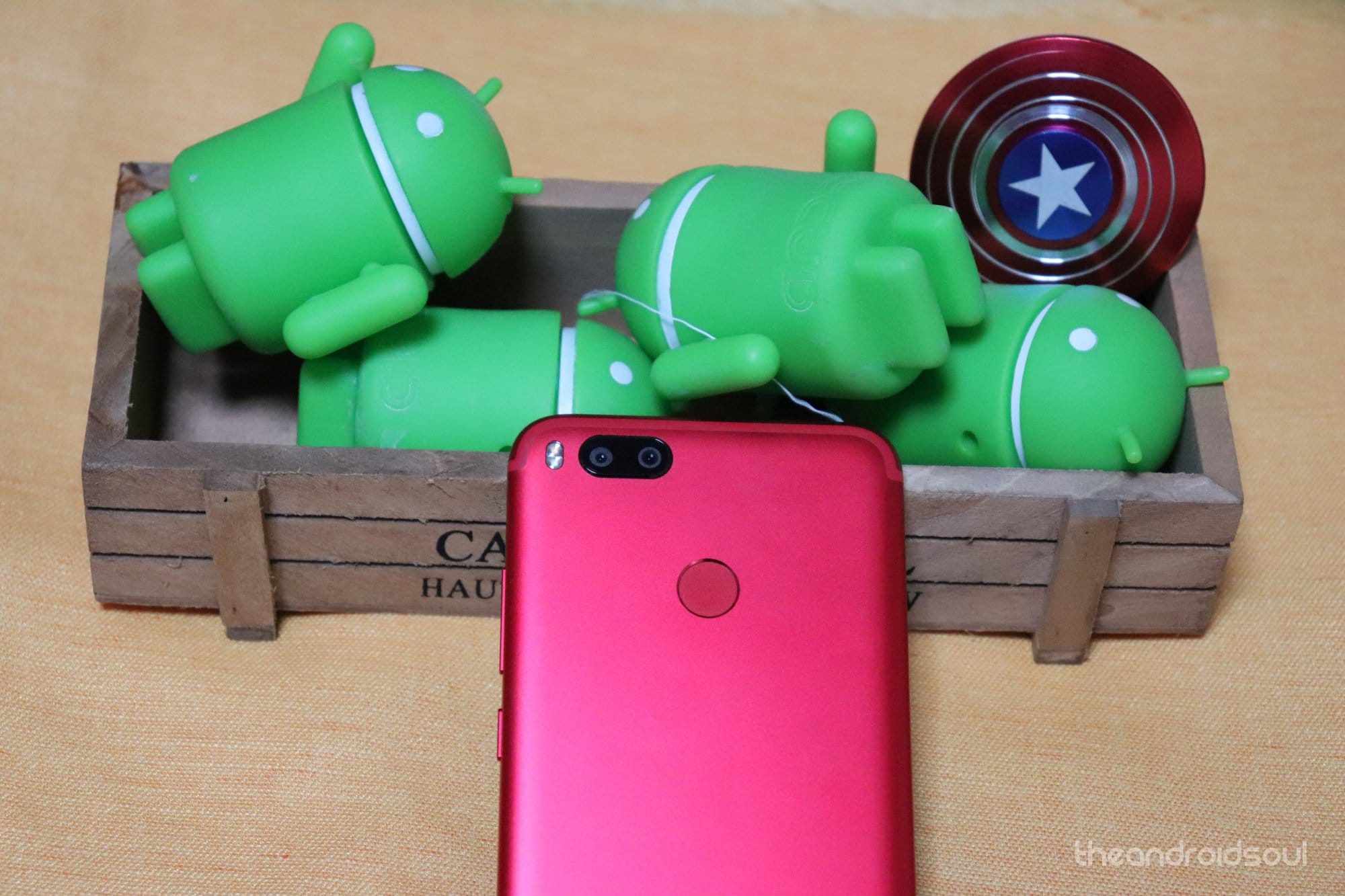
- Design matters a lot, with or without the full-screen display
- Xiaomi Mi A1 deserves a look (great performance, great value for money device)
- Android One program is a good one, wait for a full-screen sporting smartphone under it
There is no secret to the art of visual presentation: What looks good sells. There is a specific reason that OEMs are deliberately making use of bezel-less displays in their budget-friendly offerings: Customers will be so smitten with what they see that they won’t necessarily bother to look at the back of the box and read the specs. Alternatively, the prospect of a phone that has a modern (if not downright futuristic) look may be a convincing enough reason for some customers to buy it over something that costs more and looks “dated”.
The thing is, however, that aside from looking good, the question is are the phones actually good? It really depends on what one deems worthwhile and necessary. Chances are quite high that in this Instagram-era, a decent camera is a basic requirement. Likewise, a phone that is full of lag and limited on storage won’t really please many people after the initial honeymoon phase has ended. Remember, this is a product that might be used for a year, two years, even three depending on one’s given fiscal situation. To this end, some degree of sensibility should be retained: a product that costs less than $200 brand new is probably quite cheap for a reason.
Pay attention to your price preferences
- New bezel-less budgets handsets expected to be priced above $250 (except Redmi 5)
- If your budget is under $250, buy now, no worries.
- Honor 7X, Honor 9 Lite (review), and Redmi 5 Plus would rule $250 range for a long time
Related to the previous point, at the end of the day the first step to buying a new phone is to make a decision as to what price point is actually affordable. To put it quite bluntly, the idea of getting a respectable mid-range device with a bezel-less display for under $250 is almost impossible at this point in time. That’s not to say that a sale or deal might make them more affordable, but from a basic standpoint, anyone going into this venture should plan to spend around $275 or more on average.
For those that absolutely must have a smartphone that takes advantage of the latest display trend and yet don’t have that kind of money, then the products mentioned earlier – the Honor 7X, Redmi 5 Plus, etc. – are definitely worthwhile decisions. Because they come from Xiaomi and Huawei, at the very least there is a basic level of support and customer service that may be expected. This is as opposed to lesser-known, smaller brand OEMs that may never release an OS update, may not have good customer support, and might have questionable build quality.
Wrap-Up
At the end of the day, no one can make a final decision for the individual customer when it comes to a choice. People can give advice, people can choose on behalf of the customer, but a genuine decision requires considerable thinking and weighing the merits and demerits.
Buying a new phone, regardless of cost, is a big decision, and as such, it should be taken as one. While the newfangled trend of small display borders certainly looks fantastic, it should not necessarily be the sole deciding factor in a choice. Rather, the design should be compared with a variety of metrics and options.
So, have you bought one of the new bezel-less handsets already, or are you waiting for one from Xiaomi, Motorola, and Samsung?

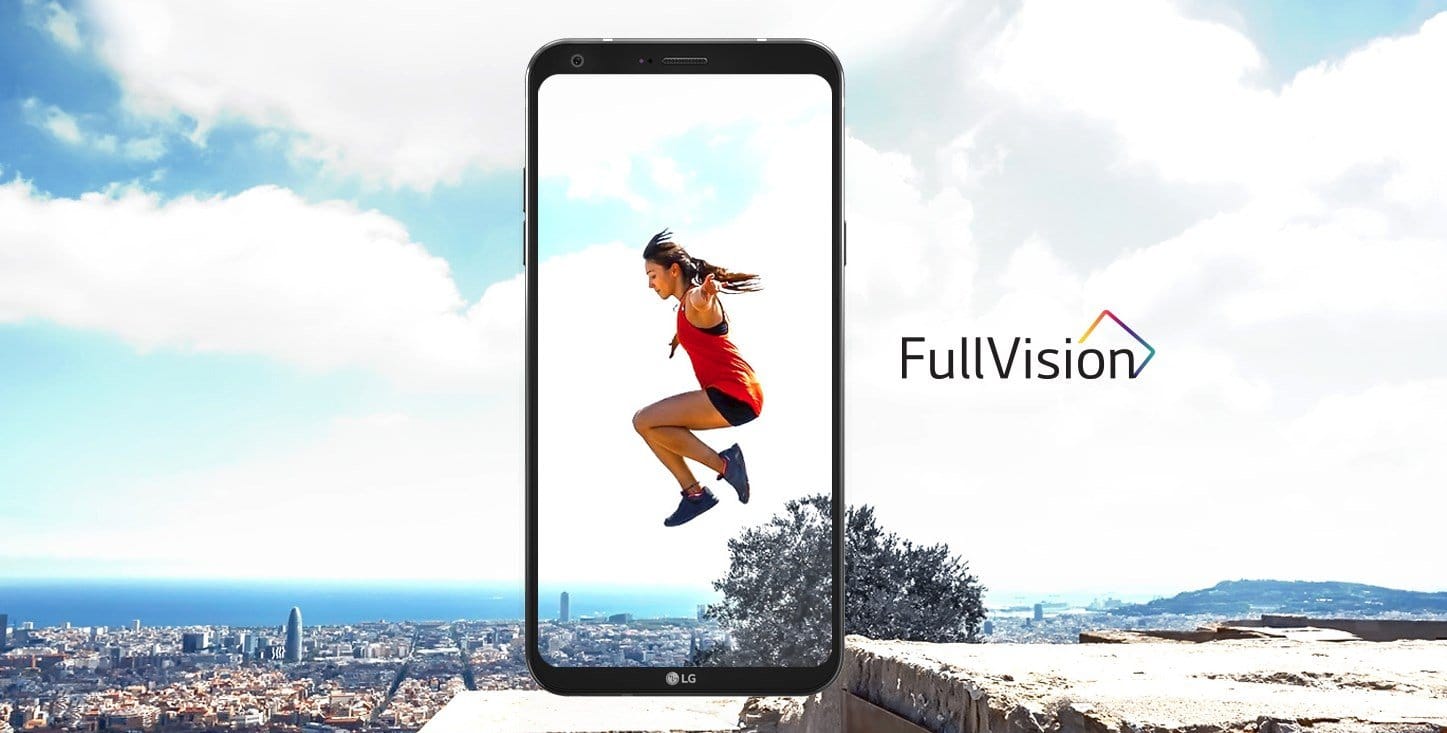
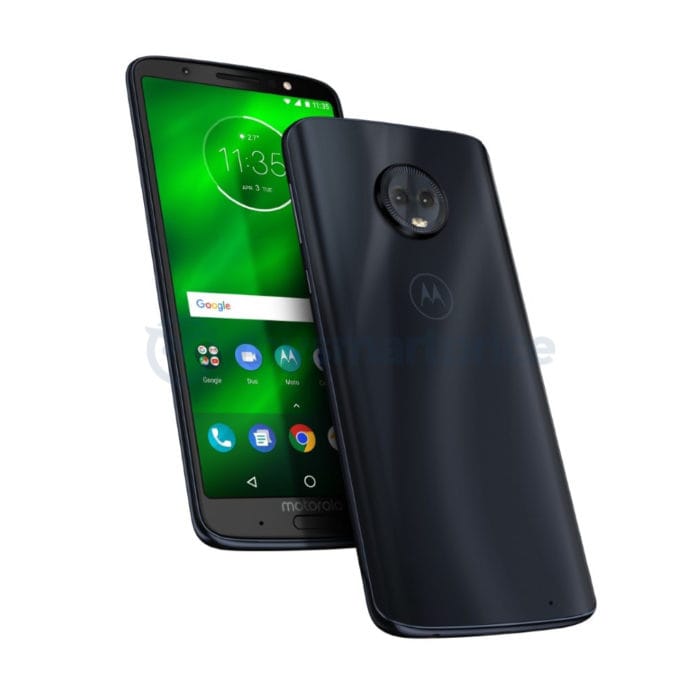


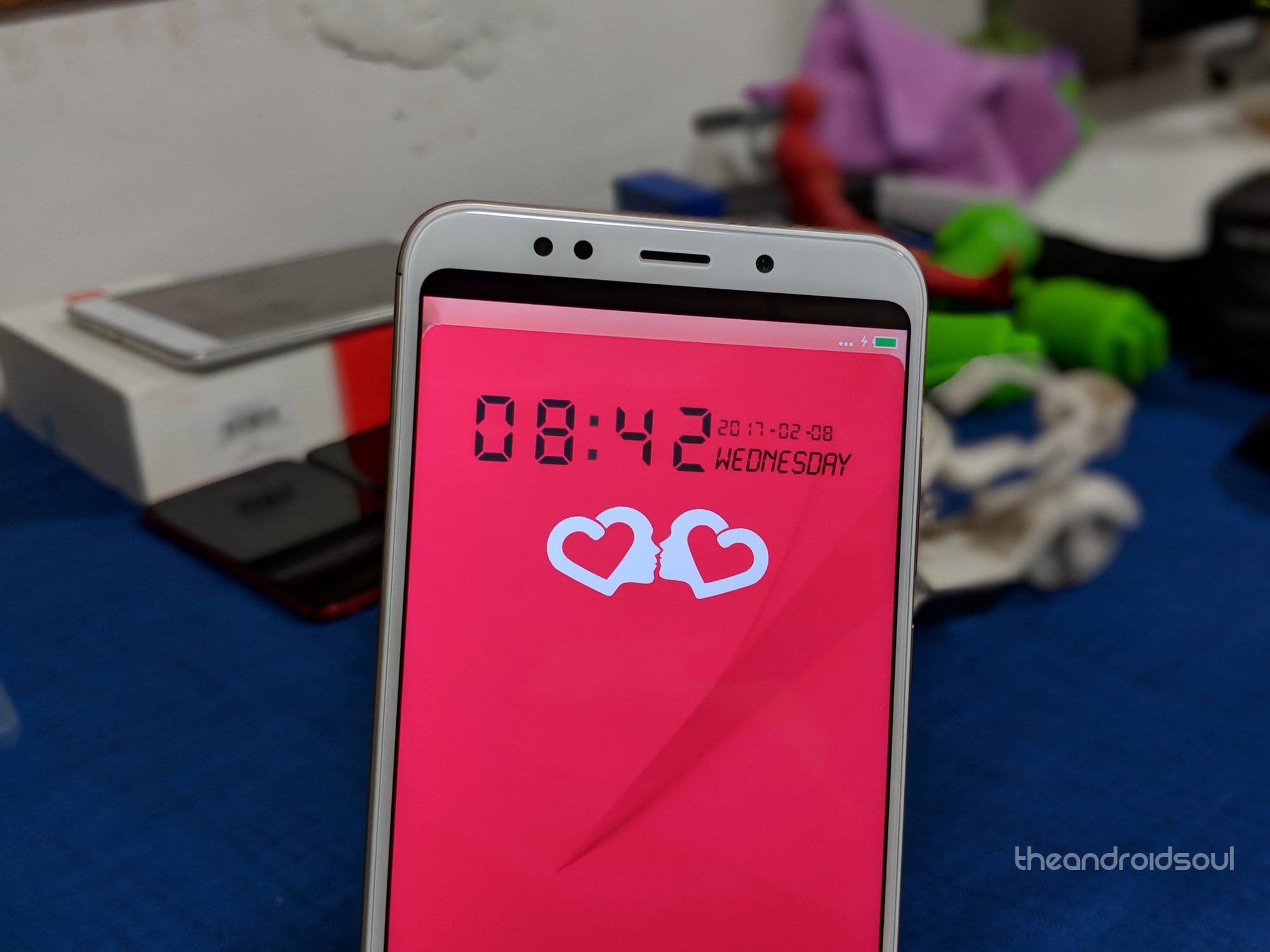
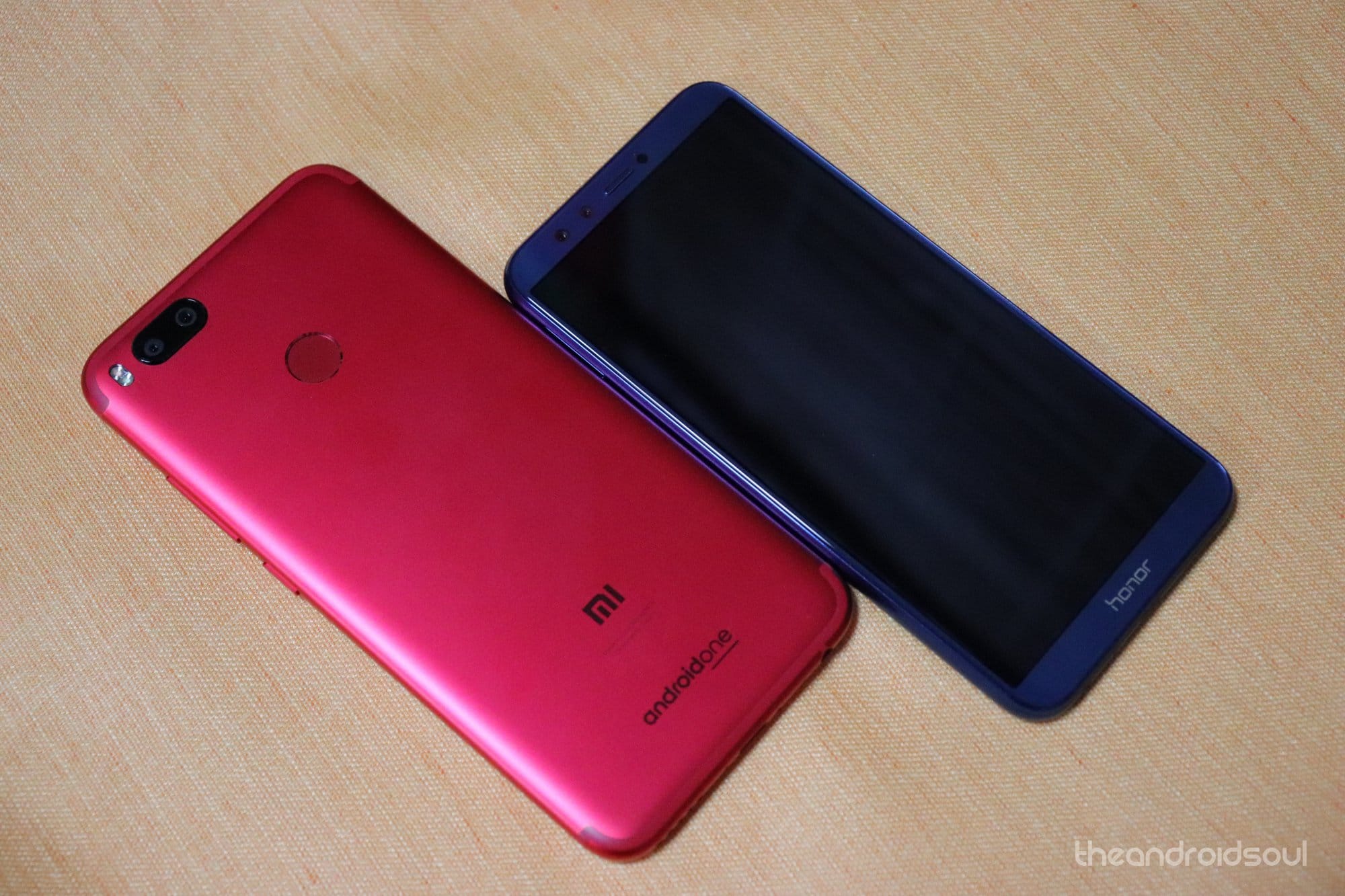
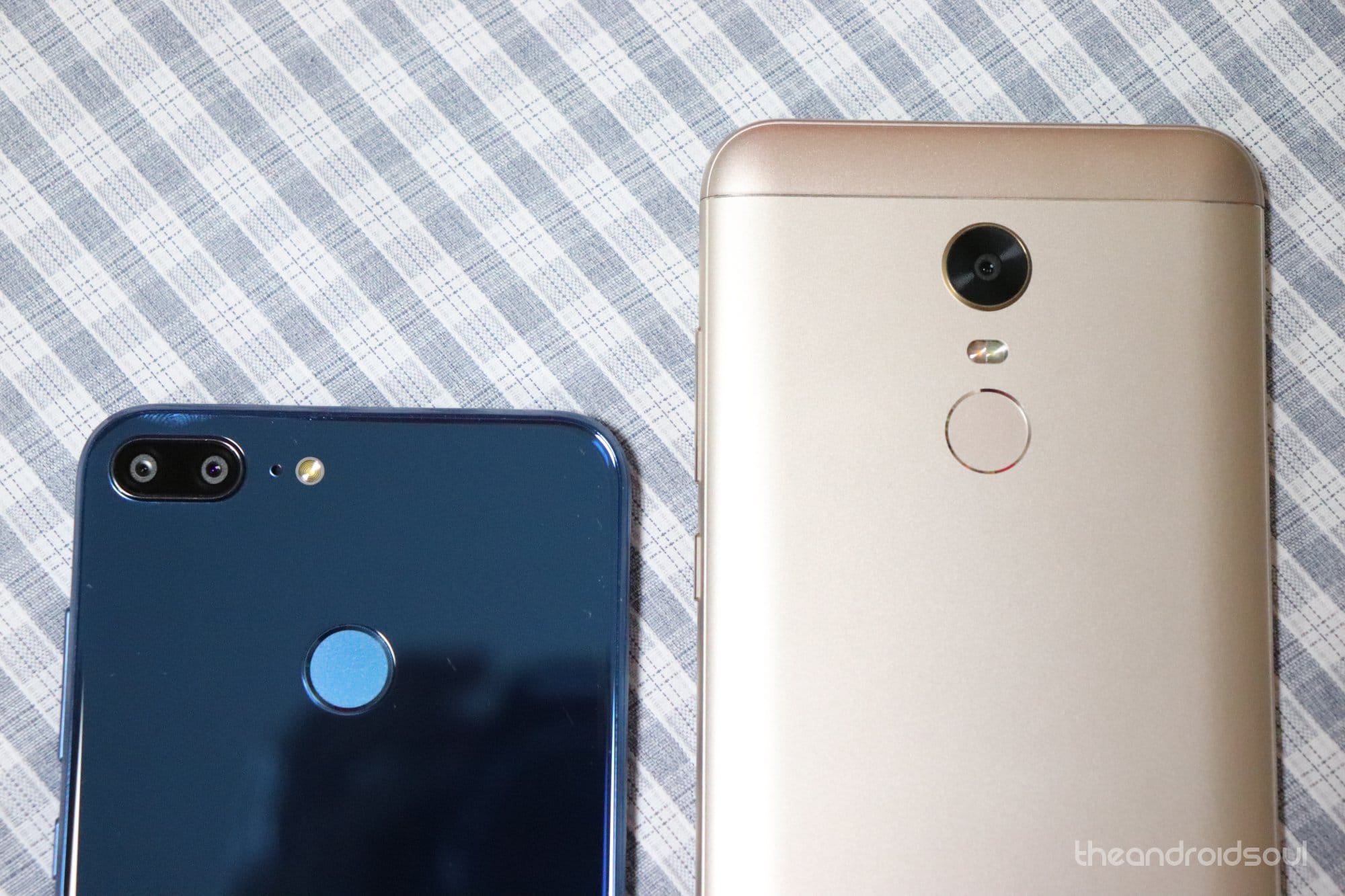
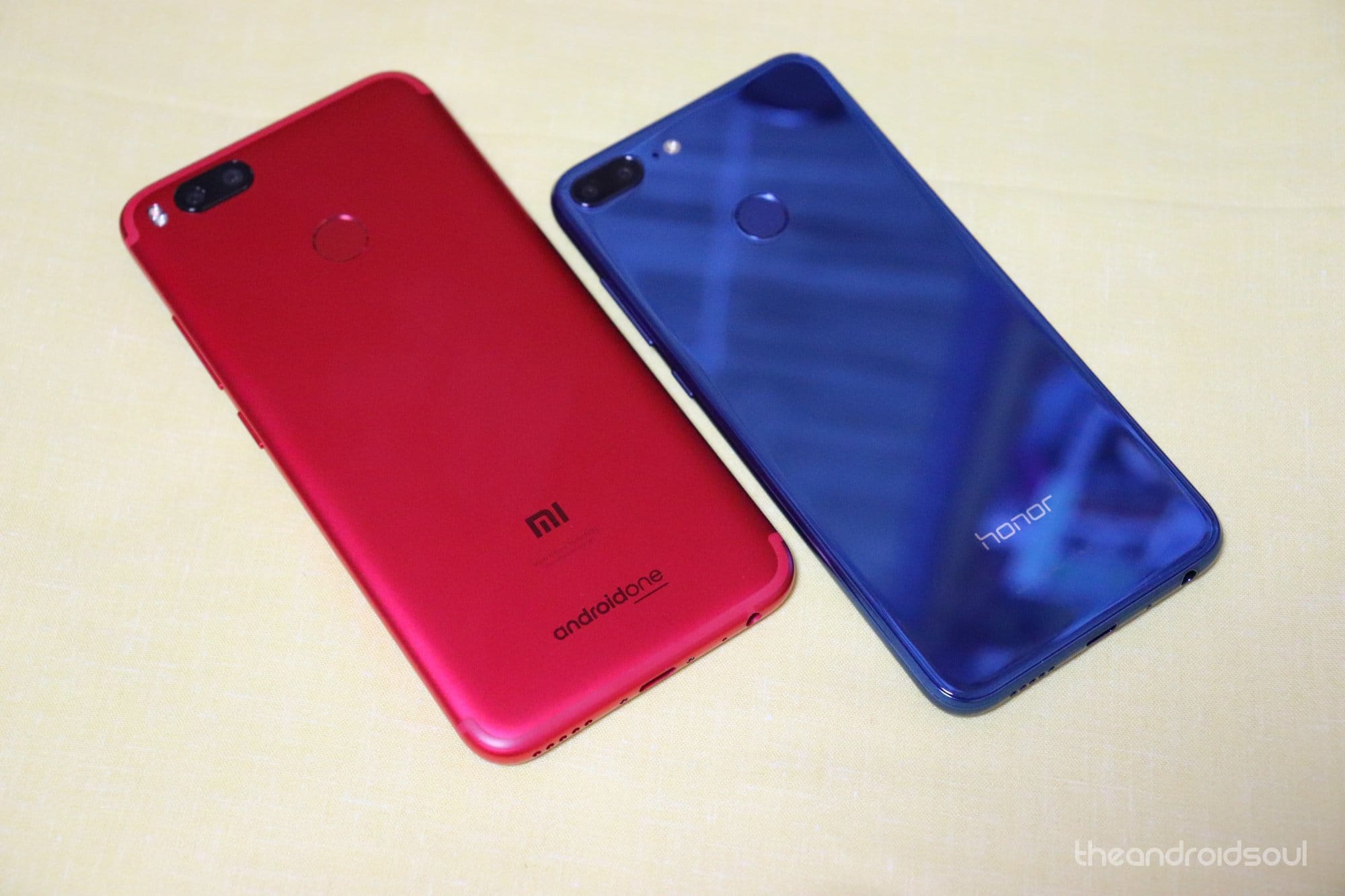
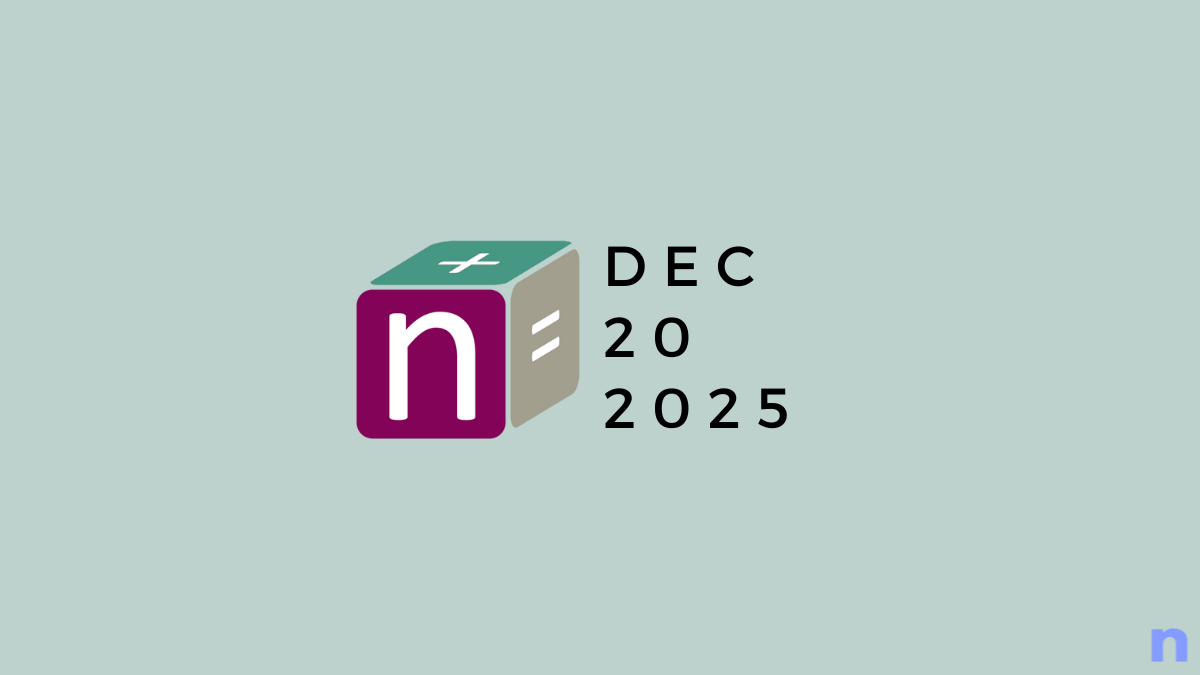










Discussion